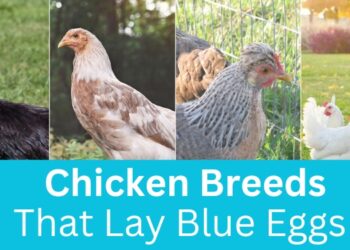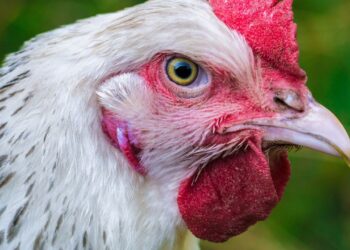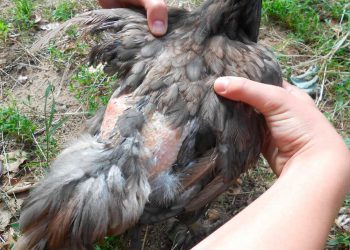There are many different ways to house laying hens. Until January 2012, most chickens were kept in battery cages, nowadays this is no longer allowed for animal welfare reasons and there are other better systems. These are the enriched cage, a free-range barn with and without an outdoor free range, and an aviary system. In all these systems, the chickens have more space and can perform species-specific behavior better.
While, as a farmer, it might appear expensive to upgrade from traditional cages to new, more sustainable systems, it can, if you want to improve your practices, be worth researching the benefits of property development finance for farmers.
This funding can be used for both property development and equipment improvements, and may thus be a great option for those wanting to modernize. Exploring alternative funding options for upgrades can be a great way to improve your farming practices and make them more sustainable and appealing to consumers.
Battery cage for Laying hen
The traditional battery cage has been banned in the EU since 1 January 2012. The battery cage had a number of properties that did not promote animal welfare. The animals lived in a very small area, they had no possibility to perform their natural behavior such as dust baths, and a perch and laying nest were also missing from the battery.
In a battery cage, the chickens were housed together in a cage with four or five animals, with approximately 550 cm2 of cage area available for each animal. To ensure that the chickens did not injure each other, the beaks were cut.
The battery cages were made of metal and the bottom of the mesh. As a result, the manure fell through the cage floor and was collected on the manure belt and removed. As a result, the chickens did not have to stand in their own manure.
All the eggs that were laid rolled forward in an egg trough because the bottom was slightly sloping forward. The battery cage was therefore a very good system in terms of labor and hygiene.
The Enriched Cage for laying hen farming
The enriched cage is an alternative to the battery cage that is still allowed. The cages are relatively similar, but there are some differences. In an enriched cage, the chickens have more space per animal, namely 750cm2. The cages are also five centimeters higher than the traditional battery cage.
Reading suggestions; Care of chickens in winter
They also have two perches per cage, a closed laying nest with a non-metallic bottom and they have a sandbox for dust baths. With the enriched cages, it is allowed to trim beaks, just like with the battery cage.
Aviary system for laying hen farming
The aviary system is seen by more and more people as a very good alternative system. This system is also called a multi-story stable because the cage is divided into several floors. At the bottom of the barn, there is bedding in which the animals can forage and bathe in the sand.
The animals can also fly up to the floors, here are the laying nests, rest areas, and the water and food. Because these different facilities in an aviary system are spread over the floors, the animals are less in each other’s way. Chickens also get more exercise in this system and they can perform their natural behavior better.
This is a handy system for the farmer because he can accommodate more chickens per square meter of the ground surface. There must be 1111cm2 per animal, but this also includes laying nests and other floors.
Free-range barn without a run for laying hen
In a free-range barn without a run, the chickens run around freely through a large space. The bottom is covered with litter where the animals can forage, which is where the name comes from. Nine chickens may be kept per square meter. There are also perches in the barn, each chicken must have 15 centimeters perch space.
The feed is offered in a feed trough that is filled via a chain or auger from a silo outside the barn, each chicken must have 10 centimeters of feed trough space at its disposal. Drinking water is usually provided through drinking nipples or drinking troughs. In free-range houses,
Reading suggestions; Care Of Chickens During The Summer Day
there should be at least 10 hours of light per day and the hens should have an 8-hour continuous dark period. In free-range barns without a run, it is allowed to trim beaks and administer preventive medication.
Free-range barn with run-out for laying hen
The free-range barn is often referred to as the free-range barn. The chickens have the opportunity to go outside. For the outdoor run, the requirement is that there must be several access points, with a total length of 2 meters per 1000 chickens. There must also be shelter in the range for the chickens against predators and bad weather. However,
the Dutch law does not state how many shelters must be present in a range, in fact, a simple shrub is enough. Because chickens are prey animals, they will usually not go far into the range, but stay very close to the barn. As a result, often not all chickens have the opportunity to go outside.








